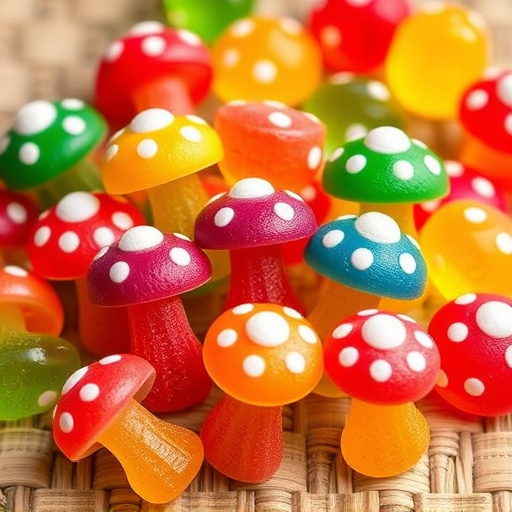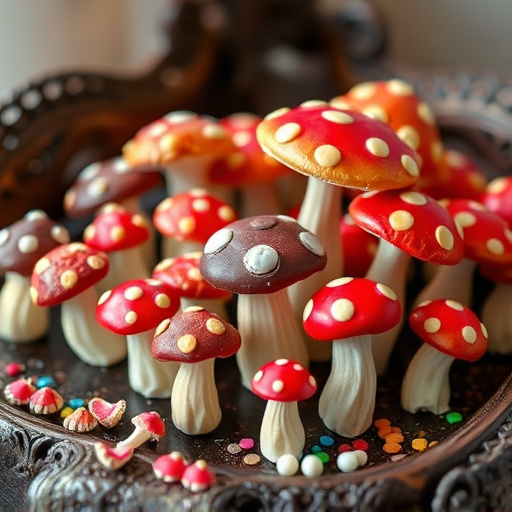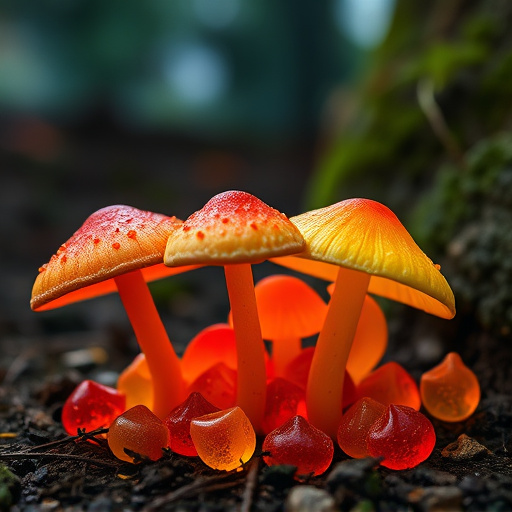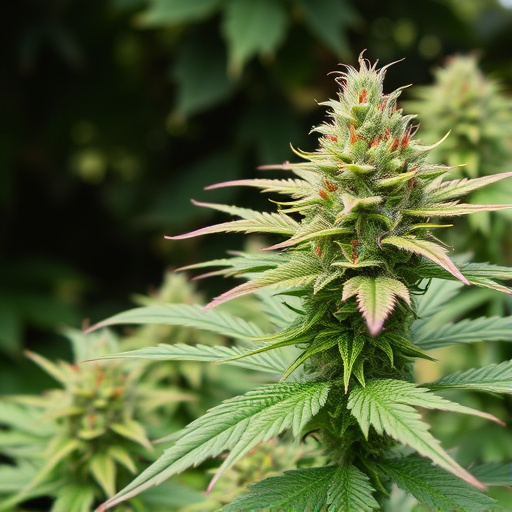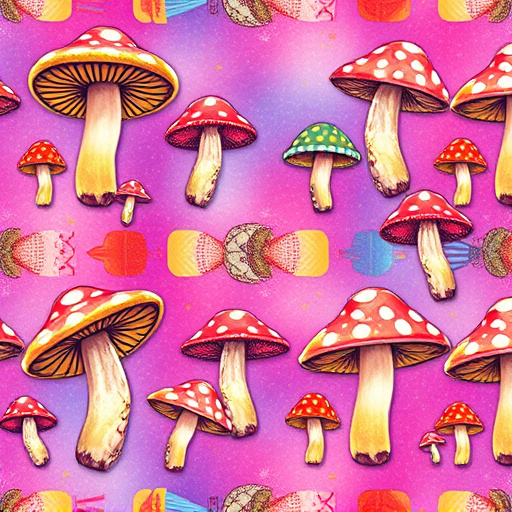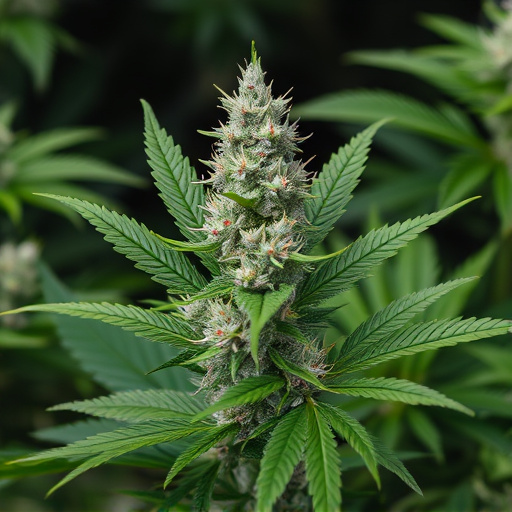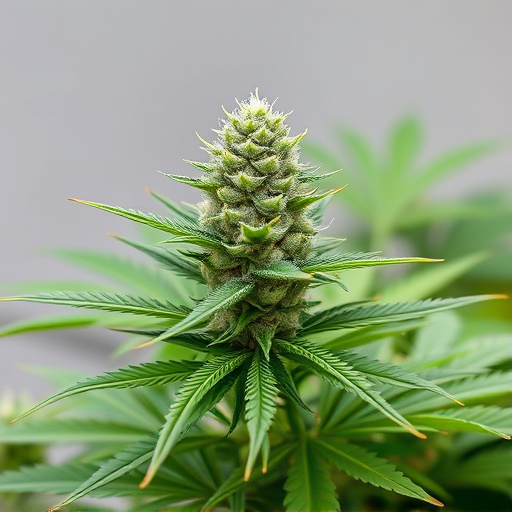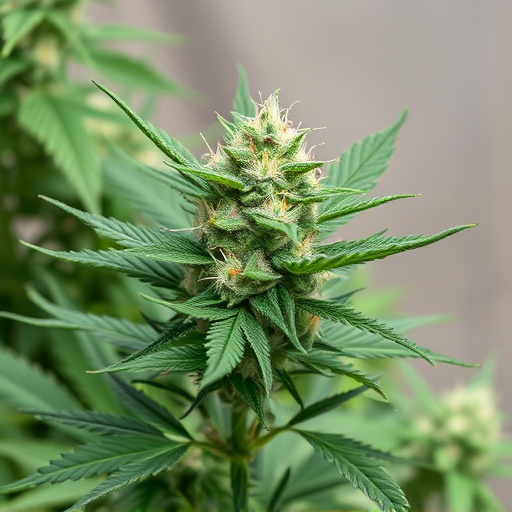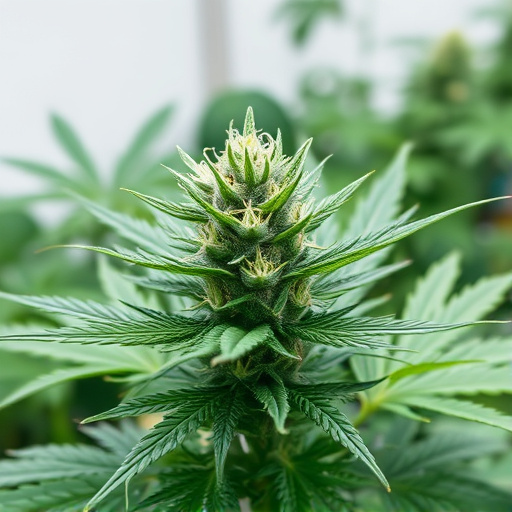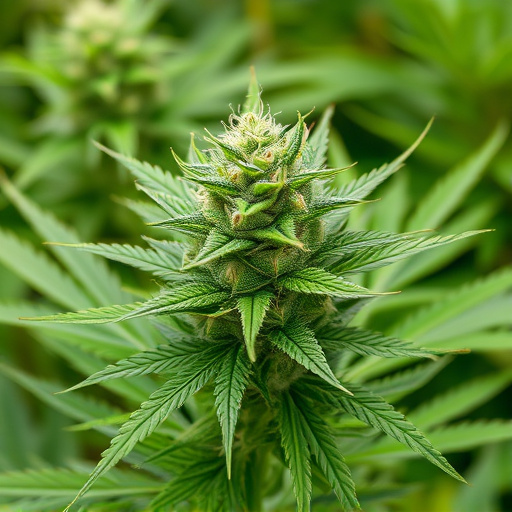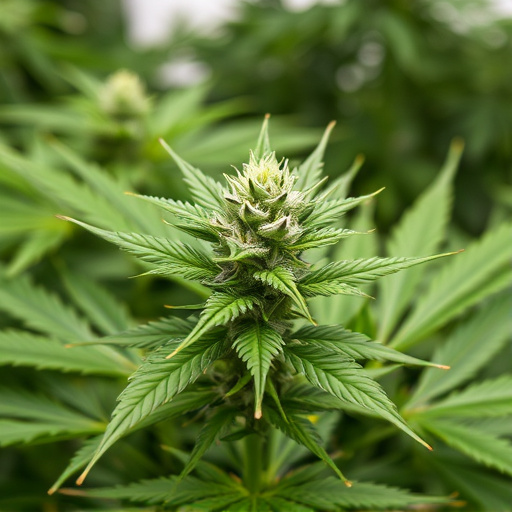Cannabis' therapeutic value stems from its cannabinoids, notably THC (psychoactive) and CBD (non-psychoactive). Medical strains are cultivated with specific cannabinoid profiles for targeted effects. Genetic mutations cause the distinctive colors in these strains, influenced by light and environmental factors. Cooler nights and stress trigger anthocyanin production, leading to vibrant blue, purple, and red hues that may hold potential therapeutic benefits.
“Unraveling the mysteries behind the vibrant hues of weed is a fascinating journey into the world of cannabinoids and genetics. In this article, we explore what causes the striking colors of purple, red, and blue in medical strains of cannabis. From understanding the role of cannabinoids to deciphering genetic mutations and environmental influences, each element contributes to the unique pigmentation seen in these plants. Get ready to dive into the science behind nature’s palette.”
- Understanding Cannabinoids and Their Effects
- Genetic Mutations and the Color Shift
- Environmental Factors and their Role in Pigmentation
Understanding Cannabinoids and Their Effects
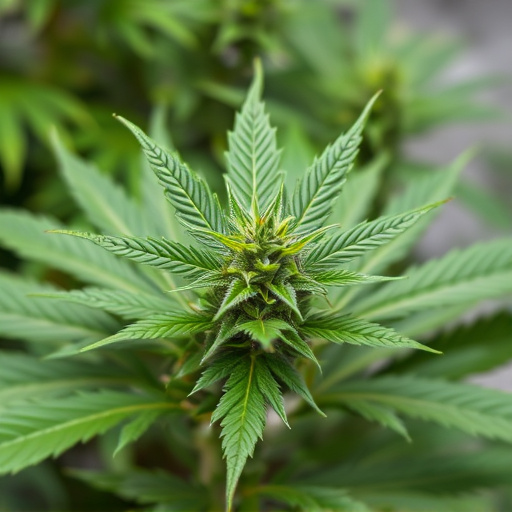
Cannabis, both in its recreational and medicinal forms (medical strains of cannabis), contains a diverse range of chemical compounds known as cannabinoids. These compounds are responsible for the plant’s unique effects on the human body and mind. Among the most well-known cannabinoids are THC (tetrahydrocannabinol) and CBD (cannabidiol).
THC is primarily associated with the psychoactive effects of cannabis, inducing feelings of euphoria and relaxation. On the other hand, CBD has gained significant attention for its potential therapeutic benefits without causing any psychoactivity. Different medical strains of cannabis are cultivated and bred to have specific cannabinoid profiles, catering to various desired effects. Understanding these cannabinoids and their interactions within the plant is crucial in navigating the complex world of cannabis consumption and unlocking its potential medicinal properties.
Genetic Mutations and the Color Shift
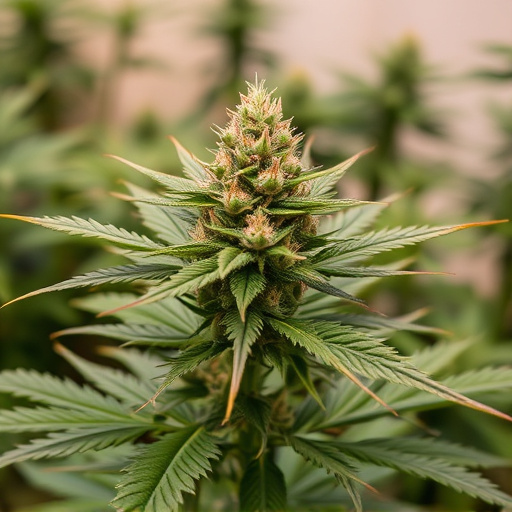
Genetic mutations play a pivotal role in the development of unusual colors in cannabis plants, including the striking purple, red, and blue hues often associated with medical strains of cannabis. These mutations can lead to shifts in the production of pigments responsible for the plant’s color. One such pigment is anthocyanin, which contributes to blues and purples, while carotenoids produce oranges and reds. When a cannabis plant undergoes a genetic mutation, it may alter the balance of these pigments, resulting in vibrant new colors.
Researchers have identified specific genetic markers linked to pigment production that can cause these color changes. These mutations can be inherited or occur spontaneously, leading to diverse cannabis varieties with unique visual characteristics. The study of such variations is not only intriguing for cultivators and enthusiasts but also offers insights into the potential therapeutic benefits associated with different colored strains, further expanding the field of medical cannabis research.
Environmental Factors and their Role in Pigmentation
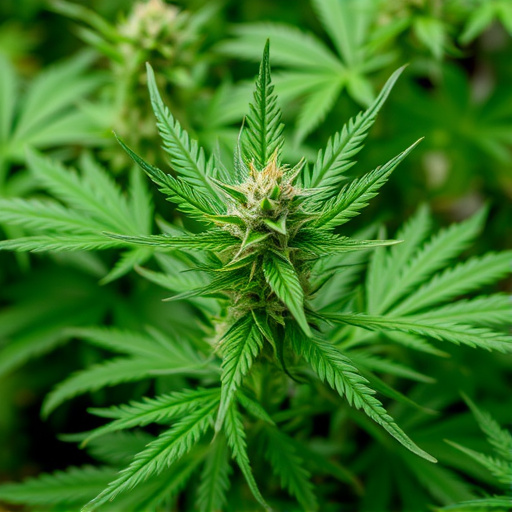
The pigmentation of cannabis plants, including the production of purple, red, and blue hues in medical strains of cannabis, is greatly influenced by environmental factors. One key player is light intensity and quality. Different wavelengths of light stimulate specific pigments to express themselves, resulting in a spectrum of colors. For instance, blue light encourages the production of anthocyanins, which are responsible for the vibrant purple and red tones often seen in cannabis leaves.
Temperature also plays a crucial role. Cooler nights can trigger higher levels of anthocyanin synthesis, contributing to the plant’s color change. Additionally, stress factors like drought or nutrient deficiencies can induce pigment shifts. These environmental cues activate genes that control pigmentation, ultimately shaping the diverse and visually striking appearance of cannabis varieties across different growing conditions.
The vibrant colors of purple, red, and blue in certain medical strains of cannabis are not just aesthetic; they are a result of complex interactions between genetic mutations and environmental factors. Understanding these causes provides insights into the diverse effects and potential therapeutic benefits of different cannabis varieties. By exploring both the science behind cannabinoids and their impact on pigmentation, we can better appreciate the intricate world of cannabis and its unique properties.
